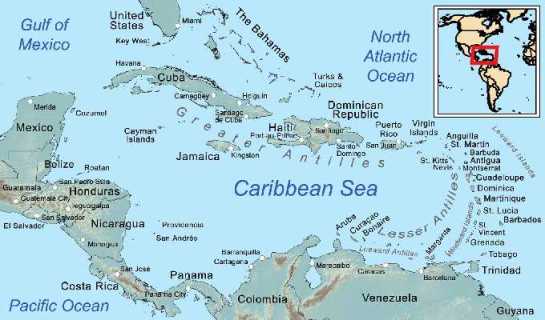In 2005-2006 I worked on Curaçao, the Netherlands Antilles (NA). Back home I collected my analyses in the book The Political Economy of the Netherlands Antilles and the Future of the Caribbean (PENAFC, 2006), now out of print but the PDF is available on the web. The book is a supplement to the main analysis DRGTPE 2000 and now also CSBH 2012, see the About menu or the Video.
PENAFC is relevant for e.g. these points:
- The NA appeared to have a social security system similar to that of Holland. By consequence it has the same welfare state diseases, even though the NA is partly a developing country. The same solution approach of DRGTPE applies, with the abolition of the tax void and so on.
- There had been a spectacular crash of the bridge across the harbour entrance. The historical picture is on the front page, with compliments to Wim ter Hart. In 1889 Dutch engineer / economist A.J. Cohen Stuart coined an analogy about income taxation and the ability to pay: “A bridge must first bear its own weight before it can carry a load.” My analysis agrees that tax exemption must be set at the level of the net minimum wage and that Value Added Tax (VAT) be around 1%.
- Traditionally there is the theory of Island Economies that regards islands as sea-locked. Nowadays, however, sea transport technology and logistics cause ships to have often comparative advantage over trucking and rail. See the book Transport Science for Operations Magagement.
- The idea of an Economic Supreme Court per nation allows countries to have forms of Union that are more intelligent than the traditional models. Let us learn from the mistakes of the European Union.
- Thus, the NA may find a better future not with Holland but within a Caribbean Union that avoids those mistakes. (See an earlier text on this weblog.)
Just to be sure: PENAFC had no impact. On October 10 2010 the NA ceased to exist. It split into two new countries Curaçao and Sint Maarten and three “special Dutch municipalities” Bonaire, Saba and Sint Eustatius. The Island Economy still applies here: with more power to the local elite we already see a rise in corruption.
Looking at the Caribbean, one cannot fail to see Cuba. It would be a prime partner in such a Caribbean Union. With the collapse of the Berlin Wall in 1989 and the end of the Cold War, one wonders why the boycott of Cuba continues now almost 25 years.
There was the thesis van Peter van Bergeijk in 1991 that boycotts generally do not work and are counterproductive. This is an important thesis for this website Boycott Holland of course. A boycott does not affect the power elite much, who will tend to find ways around it. A boycott will affect the general population and reduce their means to resist against the power elite. A boycott could be effective for generally rich Holland when people get annoyed that the punch bowl is taken away and want it back. For Cuba it is counterproductive.
This causes the question why the USA would continue to support Castro by a boycott that enhances his power over Cuba ? In PENAFC I speculated that Castro might have been involved in the assassination of JFK. Castro would have suffered so many assassination attempts upon his own person that he retaliated. The USA could not state this in the open since the popular anger to do something might cause a nuclear war with the USSR. These days the murder of JFK 50 years ago got general attention again. Of the various complot theories this Cuba option still seems the strongest to me. Why persist in boycotting Cuba 25 years after the end of the Cold War, while it is counterproductive in the first place ?
However, my American correspondent writes: “I agree with your assessment about what the US should do in respect to Cuba. But I think the US unwillingness to change has to do with Cuban exiles in Florida, who have resisted a softening of the approach. And Florida matters tremendously electorally. If they all lived in New York, they would have no impact. I think that is sufficient explanation for the US stance, but who knows if there is more?”
Yes, I did not think about that angle. Well, there is one way to test this: Let the good people in Florida study the Van Bergeijk thesis. If their objective is to get rid of the Castro regime, their best policy option is to end the boycott of Cuba.
PM. I rely on Van Bergeijk’s thesis in Dutch, 1991. I did not read the English version of 1994 but let me refer to (1994), Economic diplomacy, trade and commercial policy: positive and negative sanctions in a new world order. Edward Elgar. Most recent are the chapters in (2009), Economic Diplomacy and the Geography of International Trade. Edward Elgar.






